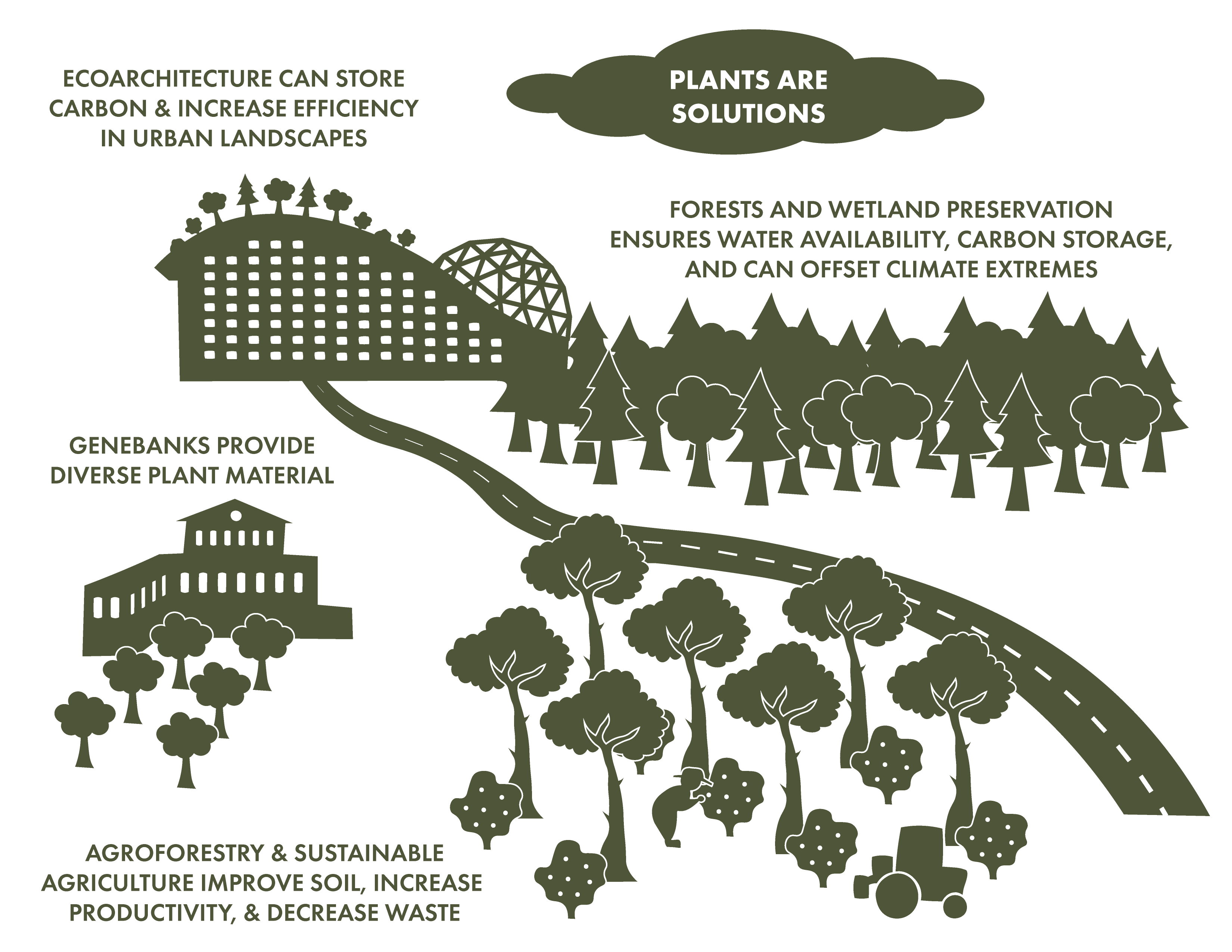Understanding the Impact of Climate Change on Crop Pest Proliferation
Climate change is proving to be a significant factor in the proliferation of crop pests worldwide. Rising temperatures, altered rainfall patterns, and changing climates create favorable conditions for the breeding and spread of pests that damage crops, posing a threat to global food security.
Assessing the Ecological Shifts
One critical consideration in understanding the impact of climate change on crop pest proliferation is the ecological shifts that ensue. As temperatures increase, pests can expand their geographic range, survive through milder winters, and reproduce at accelerated rates. This results in an imbalance in ecosystems and agricultural landscapes, leading to increased infestations and reduced crop yields.
Adapting Agricultural Practices and Technologies
To mitigate the effects of climate change on crop pest proliferation, agricultural communities and researchers are increasingly focusing on adapting practices and implementing innovative technologies. Integrated pest management, the use of resistant crop varieties, and precision agriculture techniques can help reduce the reliance on chemical pesticides while maintaining crop health in changing environmental conditions.
Embracing Sustainable Solutions
Looking ahead, embracing sustainable solutions is crucial in combating the challenges posed by climate change on crop pest proliferation. Promoting biodiversity in agricultural landscapes, fostering natural pest predators, and enhancing soil health are essential measures to build resilient agroecosystems capable of withstanding the impacts of climate change.
Land Use Changes: A Catalyst for Increasing Pest Problems
Land use changes have become a significant catalyst for the rise in pest problems, impacting ecosystems, agriculture, and human health. As human populations expand and urban areas encroach on natural habitats, the delicate balance of ecosystems is disrupted, leading to a surge in pest populations.
One critical aspect of this phenomenon is the loss of biodiversity due to deforestation, monoculture farming, and pesticide use. These practices not only destroy natural habitats of predators that keep pest populations in check but also create favorable conditions for pest outbreaks.
Intensive agriculture, characterized by large-scale crop cultivation, paves the way for pest infestations. Monocropping systems provide pests with abundant food sources, enabling them to thrive and reproduce rapidly. In addition, the reliance on chemical pesticides can lead to the development of pesticide-resistant pests, exacerbating the issue.
Furthermore, climate change plays a role in this complex interaction. Rising temperatures and altered precipitation patterns can shift the geographic distribution of pests, exposing new regions to invasive species and diseases.
To address the escalating pest problems stemming from land use changes, sustainable practices such as integrated pest management (IPM), crop rotation, and agroforestry are crucial. IPM focuses on minimizing pesticide use, promoting natural pest control methods, and maintaining ecosystem balance.
In conclusion, recognizing the impact of land use changes on pest dynamics is essential for sustainable pest management. By adopting eco-friendly practices that preserve biodiversity and reduce reliance on harmful chemicals, we can mitigate the negative effects of pest outbreaks and safeguard the health of ecosystems and agricultural systems.
Innovative Solutions to Combat Crop Pests Globally
Discover groundbreaking approaches to tackle crop pests worldwide. Implementing innovative solutions can revolutionize agriculture by minimizing pest damage and maximizing crop yields. From advanced biological control methods to precision application technologies, the fight against crop pests is evolving.
Collaborative Approaches for Sustainable Pest Management
Breaking Down the Headlines
Amid growing concerns about environmental impact and pesticide resistance, there’s a notable shift towards collaborative approaches in pest management. Integrated Pest Management (IPM) strategies, involving various stakeholders like farmers, researchers, and policymakers, are gaining traction for their effectiveness and sustainability.
The Bigger Picture
Historically, traditional pest control relied heavily on chemical solutions, leading to ecological imbalances and long-term challenges. In contrast, collaborative approaches emphasize a holistic and proactive method by combining cultural, biological, and chemical control measures. This shift underscores a pivotal moment in pest management practices, aligning with a broader sustainability agenda.
What This Means Going Forward
The adoption of collaborative approaches signals a paradigm shift towards long-term pest management solutions that minimize environmental impact and promote sustainable agriculture practices. Moving forward, key stakeholders must continue to foster partnerships, invest in research, and integrate technological advancements to address evolving pest challenges while preserving the ecological balance for future generations.
